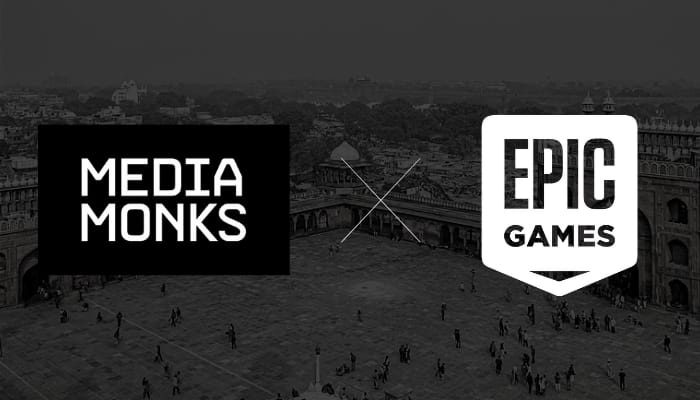New Delhi, India – The Indian arm of digital production company MediaMonks, through a new partnership with video game company Epic Games, has sought in investing for a new office in New Delhi, India, which will help to attract new talents for the company.
The envisioned new office will be a new 8000 square feet studio, with three smaller studios featuring state of the art equipment and facilities to allow COVID-safe shoots. The studio will also have features including a full sensor camera, live tracking devices, and LED Panels for filmmaking with Unreal Engine, Epic Games’ developed game engine.
“We are planning to be at the forefront of the APAC region for high-end shoots as well as shoots using Unreal Engine,” said Robert Godinho, managing partner at MediaMonks.
Through Unreal Engine, MediaMonks’ artists can digitally swap out assets, change backgrounds, color schemes instantaneously creating multiple versions of the same product in a revolutionary turnaround time, without needing to shoot the physical assets.
According to Tim Dillon, SVP for growth at MediaMonks, the game engine utilization is in response to the increased demand from their clients and partners to explore innovative solutions that enable real-time interactive 3D production using technology like Unreal Engine.
“As our pipeline expands globally, we’re upskilling and scaling our teams around the world to meet client demand in this rapidly expanding category, from product virtualization to virtual production,” Dillon stated.
In line with MediaMonks’ promise of harnessing the power of data and technology to fuel and inform creative content, the global team is reinventing the use of this gaming software to bring real-time filmmaking, visual effects, previsualization, virtual production, and CG animation together.
Godinho also stated that part of their utilization of the Unreal Engine from Epic Games’ grant is its implementation across clients for the consumer packaged goods (CPG) industry.
“The aim is to take these learnings and apply them to an end-to-end product shoot for a real product with a side-by-side comparison of a virtual production versus a live production. The side-by-side comparison will determine best use cases, ease-of-use/integration on set, visual equality and flexibility; the financial efficiencies; and, most importantly, the final image outputs,” Godinho concluded.

